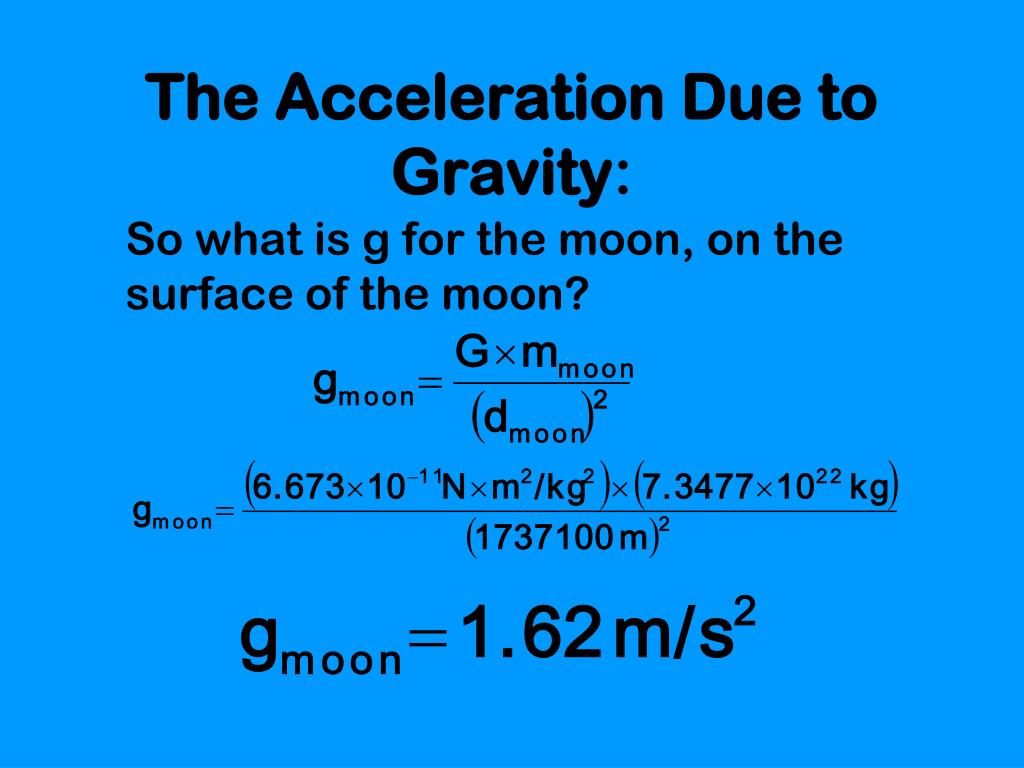
Kepler showed that the motion of each planet is an ellipse (the first of his three laws, discussed in Kepler’s Laws of Planetary Motion), and Robert Hooke (the same Hooke who formulated Hooke’s law for springs) intuitively suggested that these motions are due to the planets being attracted to the Sun. This idea was supported by the incredibly precise naked-eye measurements of planetary motions by Tycho Brahe and their analysis by Johannes Kepler and Galileo Galilei. Nicolaus Copernicus (1473–1543) is generally credited as being the first to challenge Ptolemy’s geocentric (Earth-centered) system and suggest a heliocentric system, in which the Sun is at the center of the solar system.

However, there is little evidence that anyone connected the motion of astronomical bodies with the motion of objects falling to Earth-until the seventeenth century. These motions were described with amazing accuracy by Ptolemy (90–168 CE), whose method of epicycles described the paths of the planets as circles within circles. The motions of the Sun, our Moon, and the planets have been studied for thousands of years as well. Brahmagupta (598~665 CE) postulated that Earth was a sphere and that objects possessed a natural affinity for it, falling toward the center from wherever they were located.

Aristotle (384–322 BCE) believed that it was the nature of rocks to seek Earth and the nature of fire to seek the Heavens.

The earliest philosophers wondered why objects naturally tend to fall toward the ground.


 0 kommentar(er)
0 kommentar(er)
